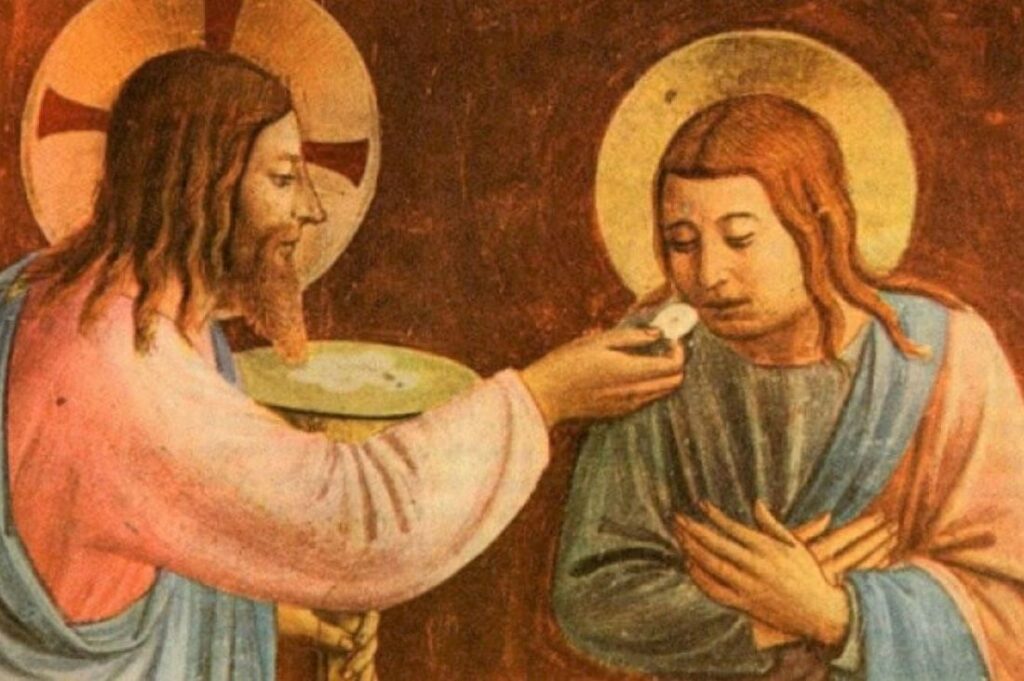Picture this: it is a Sunday morning, and sunlight streams through the stained glass windows of a magnificent cathedral. The air is thick with anticipation as the congregation gathers, eagerly awaiting the Eucharist – the pinnacle of their worship experience. The priest, clad in flowing robes, stands before the altar, his hands solemnly outstretched. But this is no ordinary ceremony; it is the moment of transubstantiation, where the bread and wine transform, by the power of God, into the body and blood of Christ. It is a moment that has sparked much controversy and yet, offers a powerful source of solace for millions around the world.
Transubstantiation, a central belief in Catholicism, refers to the miraculous transformation of the Eucharistic elements. While some embrace it as a profound sacrament, others find themselves grappling with doubt, struggling to reconcile reason with faith. This theological debate has spanned centuries, provoking arguments, division, and even persecution.
One key point of contention revolves around the mystery of how such a transformation occurs. Rationalists find themselves questioning the scientific plausibility of bread and wine being transformed into the literal body and blood of Christ. Yet, theology reminds us that faith and reason often dance together, weaving a tapestry of divine revelation and human understanding. Just as a sunset’s beauty cannot be fully explained by science alone, the mystery of transubstantiation beckons us to embrace the ineffable, to surrender to the wonder of God’s presence.
Another subtopic worth exploring is the consolation that transubstantiation offers to the faithful. For them, this sacred act represents an intimate encounter with the divine, fostering a deep connection that transcends the limitations of human existence. In a world riddled with uncertainty and division, the Eucharist offers a united front, allowing believers to partake in a shared experience of sacred nourishment. Through transubstantiation, they are reassured of Christ’s abiding presence, empowering them to face their daily battles with unwavering hope.
Nevertheless, it is important to acknowledge the potential for controversy within this theological debate. For those who struggle with doubt or find transubstantiation difficult to comprehend, the metaphorical interpretation of the Eucharist may provide solace. It reminds us that symbols possess power, as they can evoke transformative experiences, stirring the deepest recesses of our souls. Whether it be through the symbolic representation of Christ’s sacrifice or the communal act of breaking bread together, believers can still find profound spiritual nourishment.
In conclusion, the controversy and consolation of transubstantiation shine a light on the intricate nature of faith. It nurtures an ongoing dialogue between reason and mystery, between doubt and solace. It shows us that theology is not devoid of debate but thrives within it, inviting us to explore the depths of our beliefs. As we navigate this sacred journey, may we learn to embrace the beauty of transubstantiation, finding consolation and unity amidst the diversity of perspectives within the theological debates that shape our faith.
